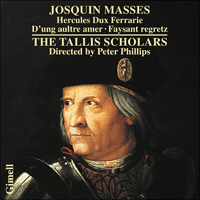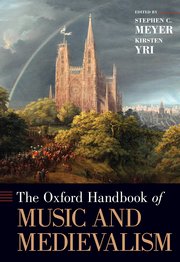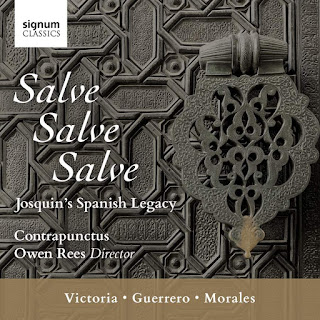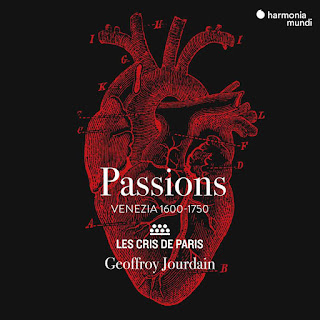Search This Blog
Early music and more by Edward Breen
Where possible, review entries are linked to their original publication.
Posts
Showing posts from 2020
Cambridge Introductions to Music: Renaissance Polyphony
- Get link
- Other Apps
Josquin: Missa Hercules Dux Ferrarie - Missa D'ung aultre amer - Missa Faysant regretz
- Get link
- Other Apps
John Sheppard: Media Vita in Morte Sumus
- Get link
- Other Apps
Cupertinos: a passion for Portuguese polyphony
- Get link
- Other Apps
Esquivel: Missa Hortus conclusus, Magnificat & motets
- Get link
- Other Apps
Medieval Folk in the Revivals of David Munrow
- Get link
- Other Apps
Hellinck: Missa Surrexit pastor; Lupi: Te Deum & motets
- Get link
- Other Apps












